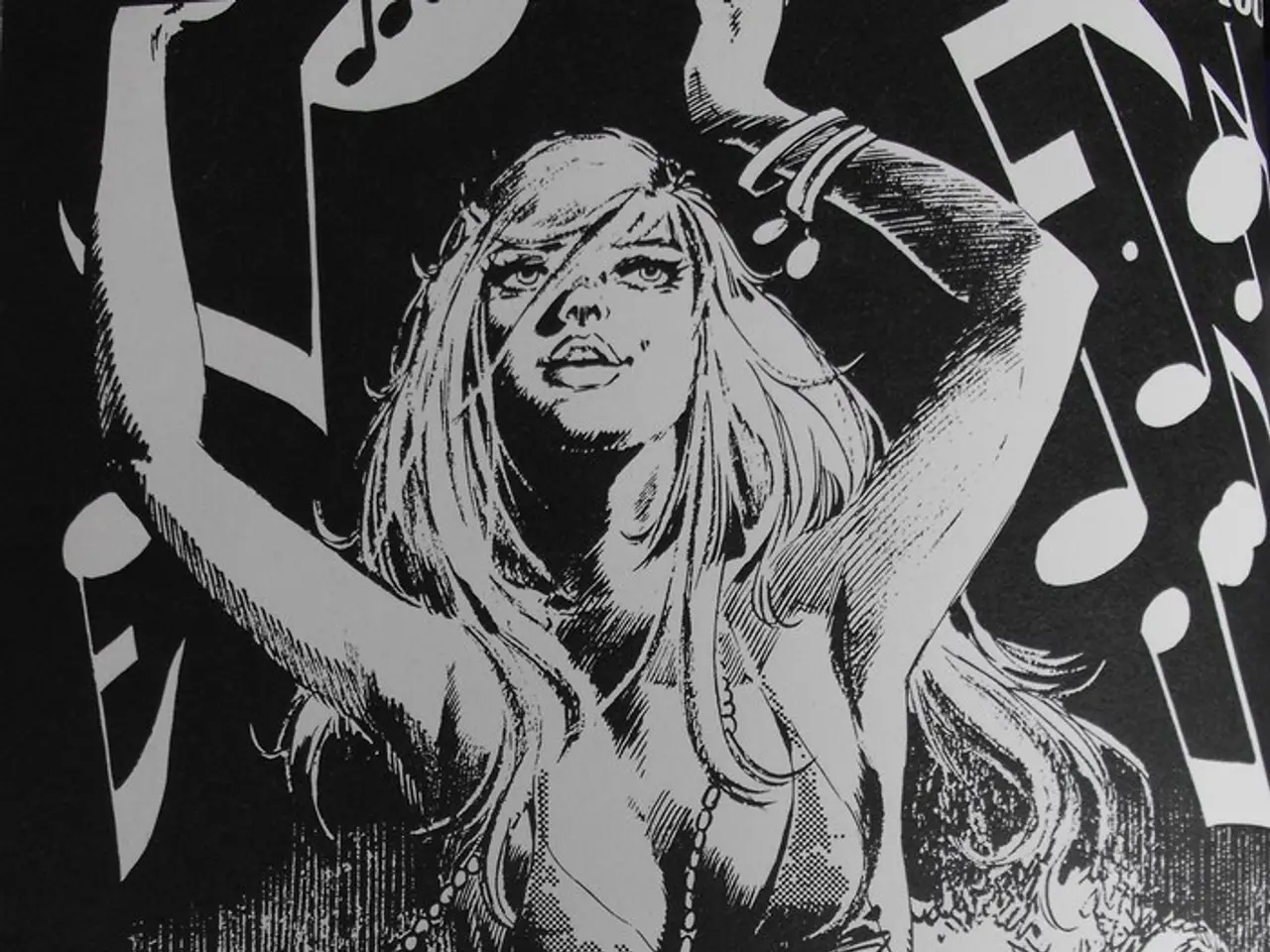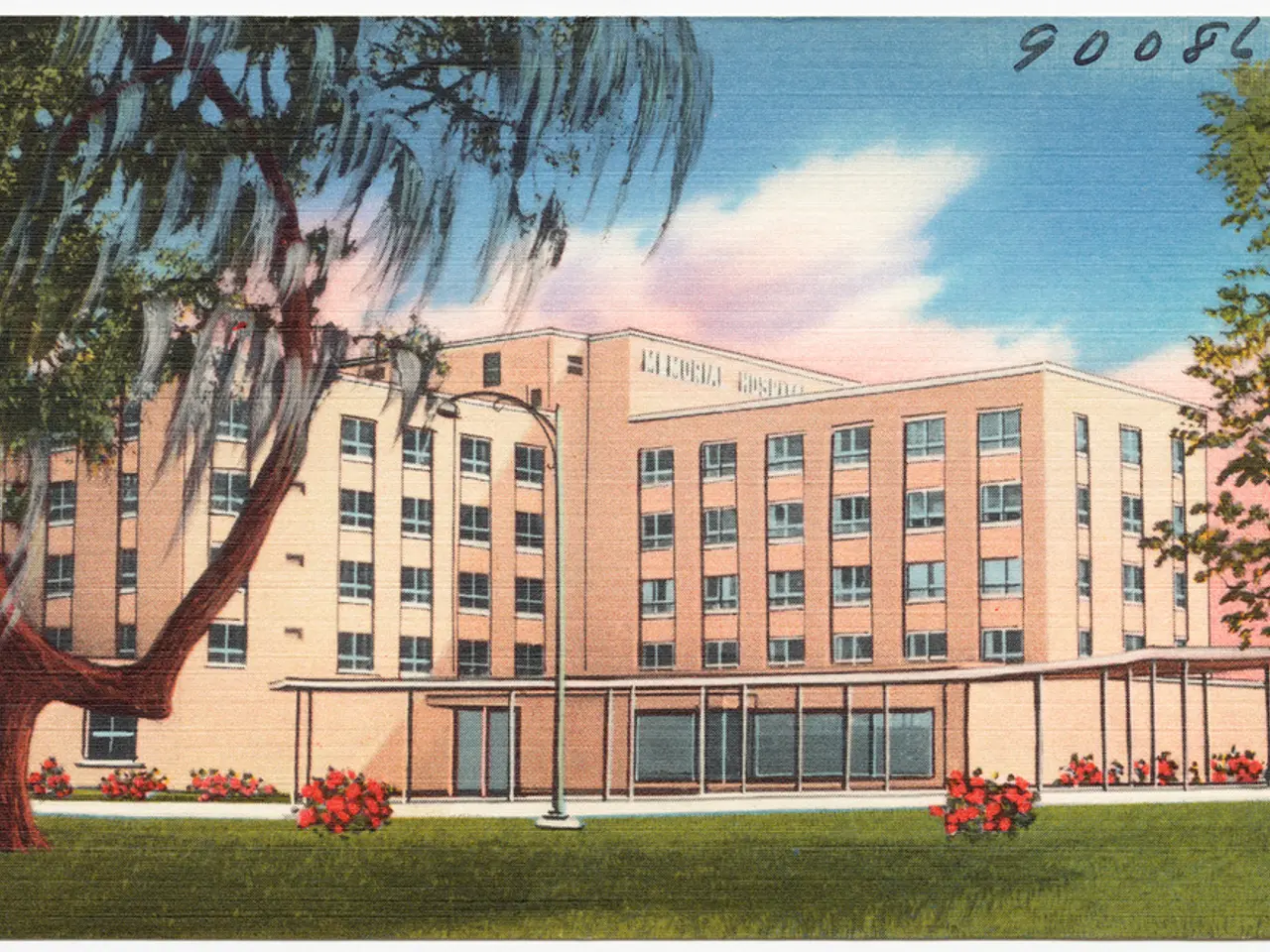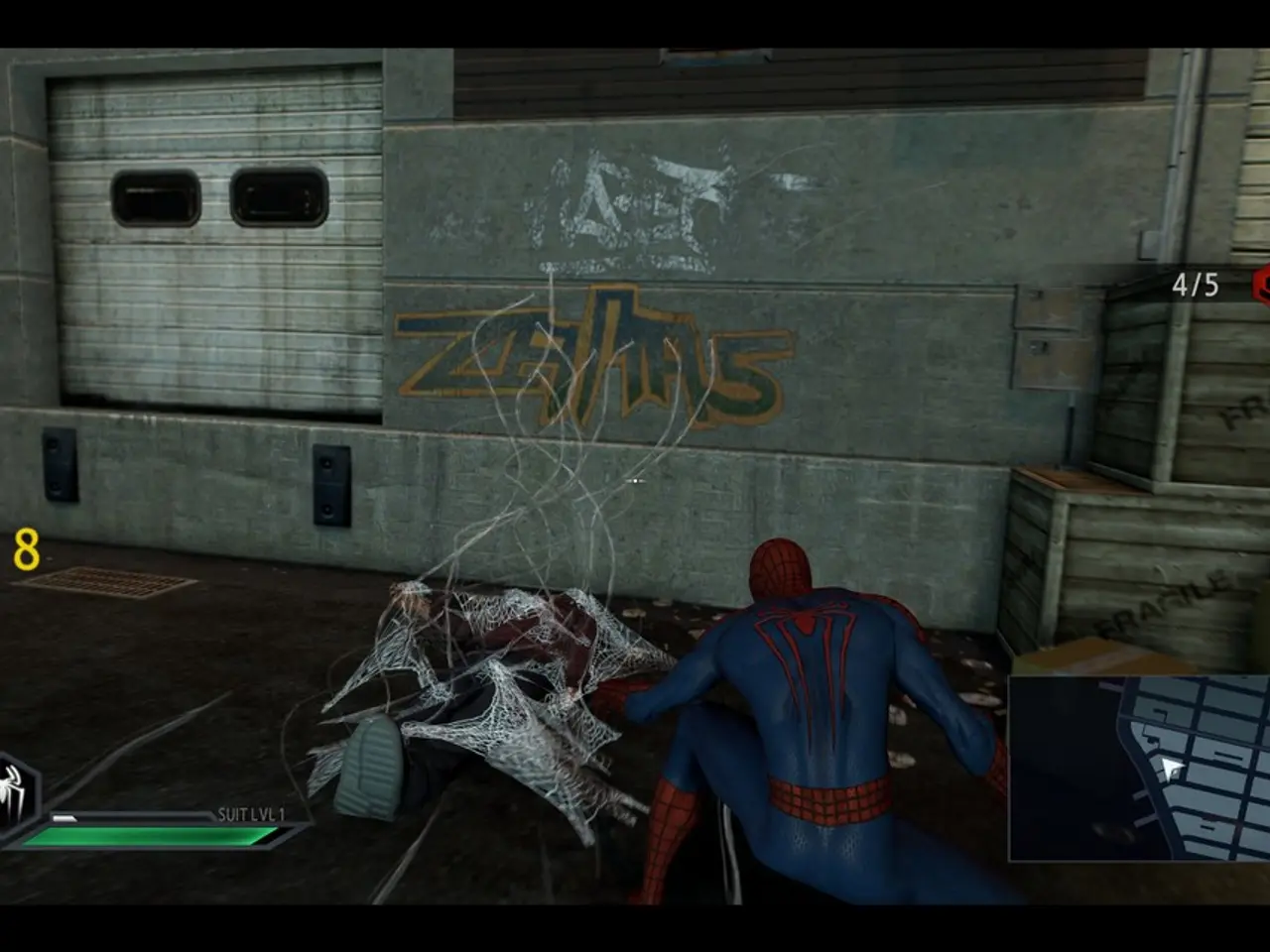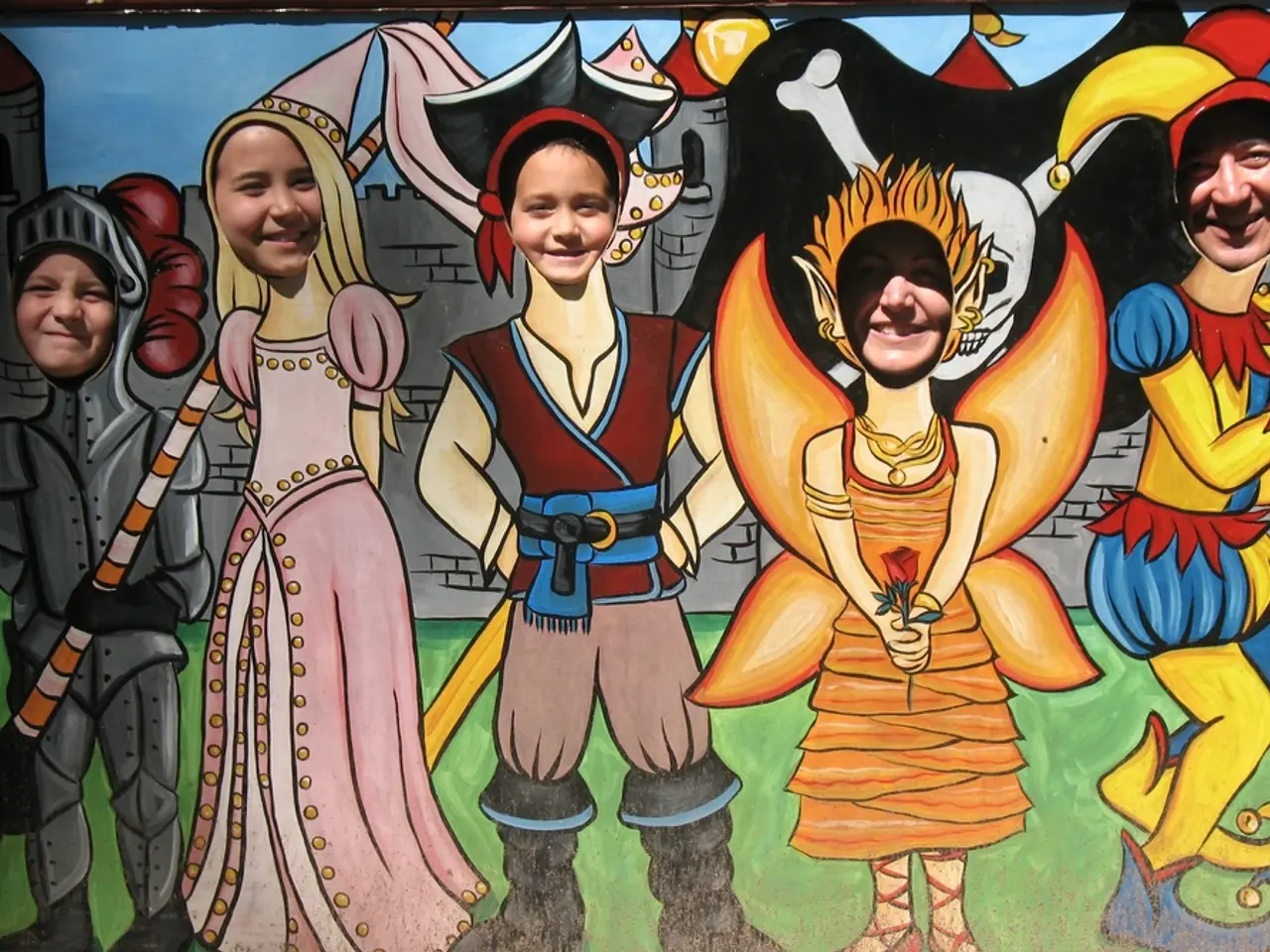Exploration of Impressionism and Neoclassicism's Influence on Musical Composition
In the late 19th and early 20th centuries, a new musical style emerged, one that focused on atmosphere, mood, and tone color rather than the emotional intensity and dramatic contrasts of Romantic music. This style, known as Impressionist music, would come to significantly shape the course of Western music.
Central to this movement were two composers: Claude Debussy and Maurice Ravel. Their innovative approaches to harmony, timbre, and orchestration moved music away from traditional tonal progressions towards more ambiguous, coloristic effects.
Debussy's contributions lie in his groundbreaking harmonic writing, which often employed unconventional scales such as whole tone scales and static harmonies to evoke subtle impressions rather than explicit narratives. This new sense of harmony would filter into jazz harmony, broadening the expressive possibilities of 20th-century music.
Ravel, on the other hand, expanded the orchestral palette with a masterful command of orchestration. His ability to combine instruments with precision and innovative timbres revolutionized symphonic sound, as demonstrated in his orchestral arrangement of Mussorgsky’s Pictures at an Exhibition.
Debussy aimed to create sensory impressions in sound, paralleling the Impressionist painters' focus on light and color effects rather than detailed realism. Ravel's formal rigor and harmonic refinement influenced many 20th-century composers, contributing to the evolution of French music and beyond. His impact extended into film music due to his pioneering use of rich orchestral colors.
The goal of Impressionist music was to move away from emotionally charged music and create an image of a landscape. This was evident in Debussy's works such as "La Mer" (The Sea) and "Clair de Lune" (Moonlight), which evoke the mood and atmosphere of nature rather than telling a specific story.
Impressionist music began as a musical style, with Debussy being one of its notable figures. Other composers, like John Ireland and Eugene Ysaye, also contributed to this style, creating a similar aesthetic for the piano and the violin, respectively.
Notable works from other composers also showcase the influence of Impressionism. For example, Debussy's musical influences, including Gounod, Massenet, Russian composers like Tchaikovsky, Balakirev, and Rimsky-Korsakov, can be seen in his works. Rimsky-Korsakov's Scheherazade uses orchestral tone colors and Arabic scales, while Saint Saens' Carnaval of the Animals can be seen as programmatic and similar to Debussy's watery 'impressions'.
Even in the realm of popular music, the influence of Impressionist music was felt. Gershwin, a student of Ravel, wrote An American in Paris, which showcased jazz rhythms. Ravel's Neoclassical music, which paid homage to French Baroque composers, also found its way into film scores, as seen in his work on Disney's Fantasia.
Despite being central figures in the Impressionist movement, both Debussy and Ravel did not always embrace the label. Debussy, in particular, disliked being classified as an impressionist composer. However, their contributions to music, particularly in harmony, orchestration, and musical expression, have left an indelible mark on the world of music.
In summary, the history of Impressionist music is rooted in late 19th-century artistic trends toward capturing fleeting sensory experiences. Debussy and Ravel, as central figures, revolutionized harmony, orchestration, and musical expression through their innovative approaches, shaping the course of Western music for generations to come.
Entertainment and music intertwined substantially during the Impressionist era, with composers like Claude Debussy and Maurice Ravel significantly shaping this domain. Their unique harmonies, unconventional timbres, and orchestral innovations, as seen in Debussy's "La Mer" or Ravel's "Pictures at an Exhibition," redefined the landscape of Western music, serving as an essential component of modern-day entertainment.







